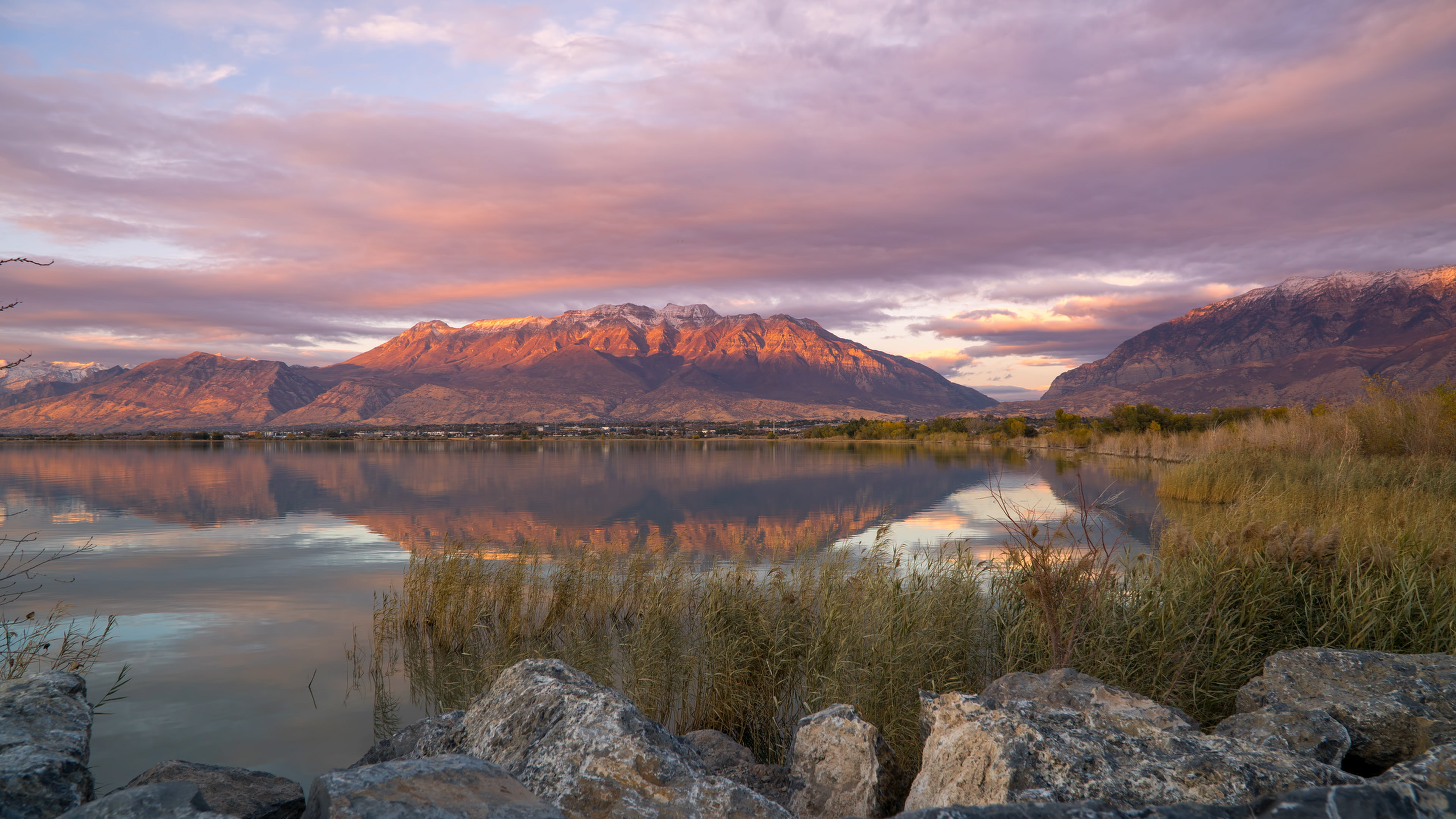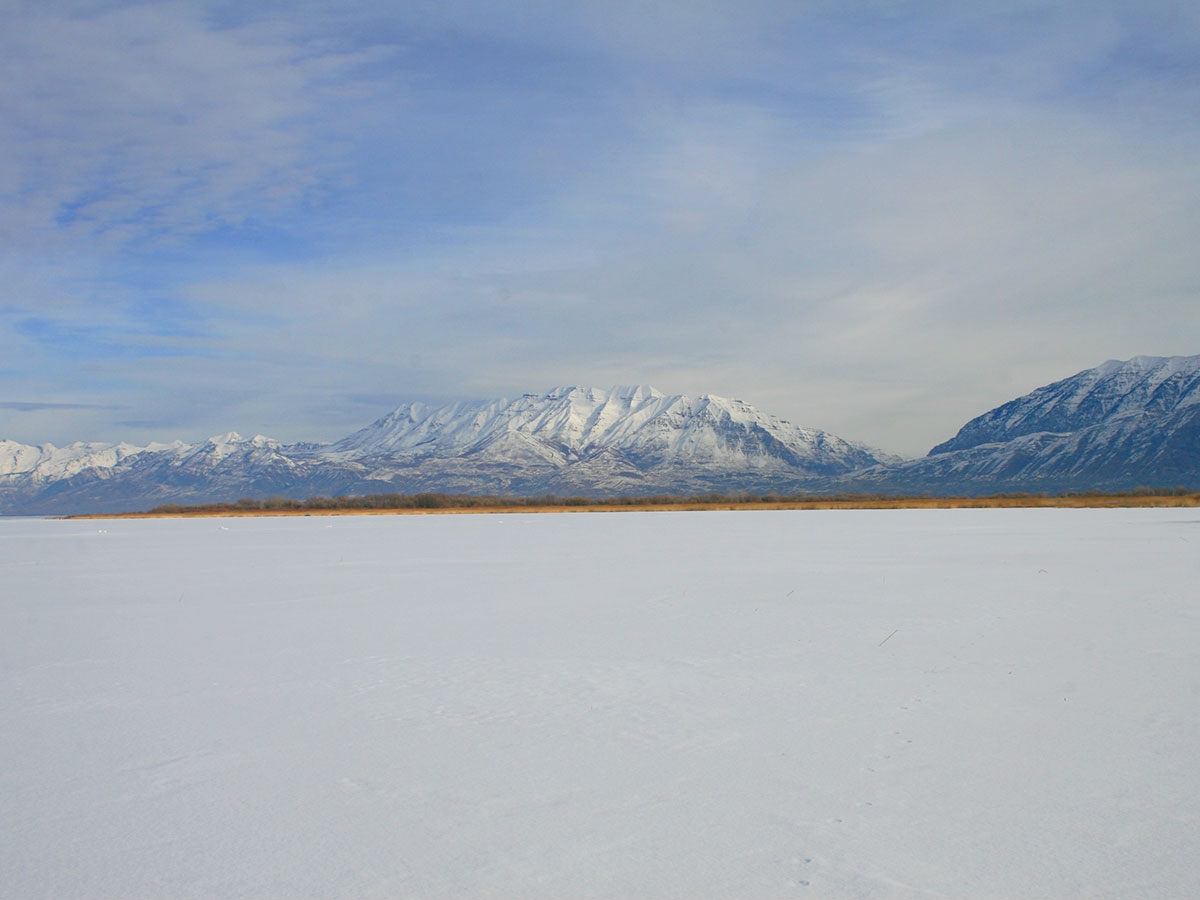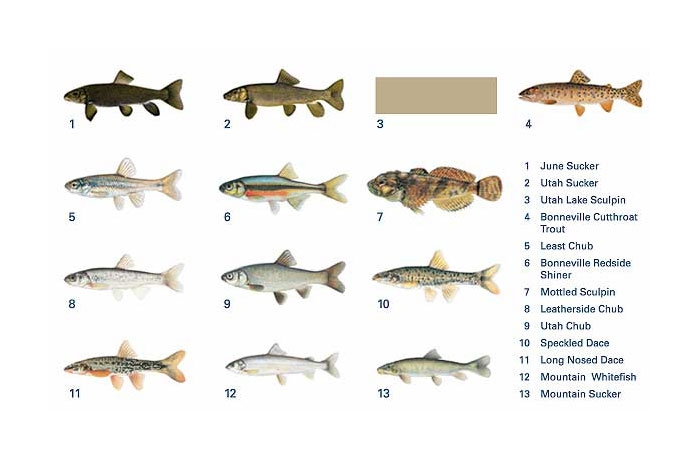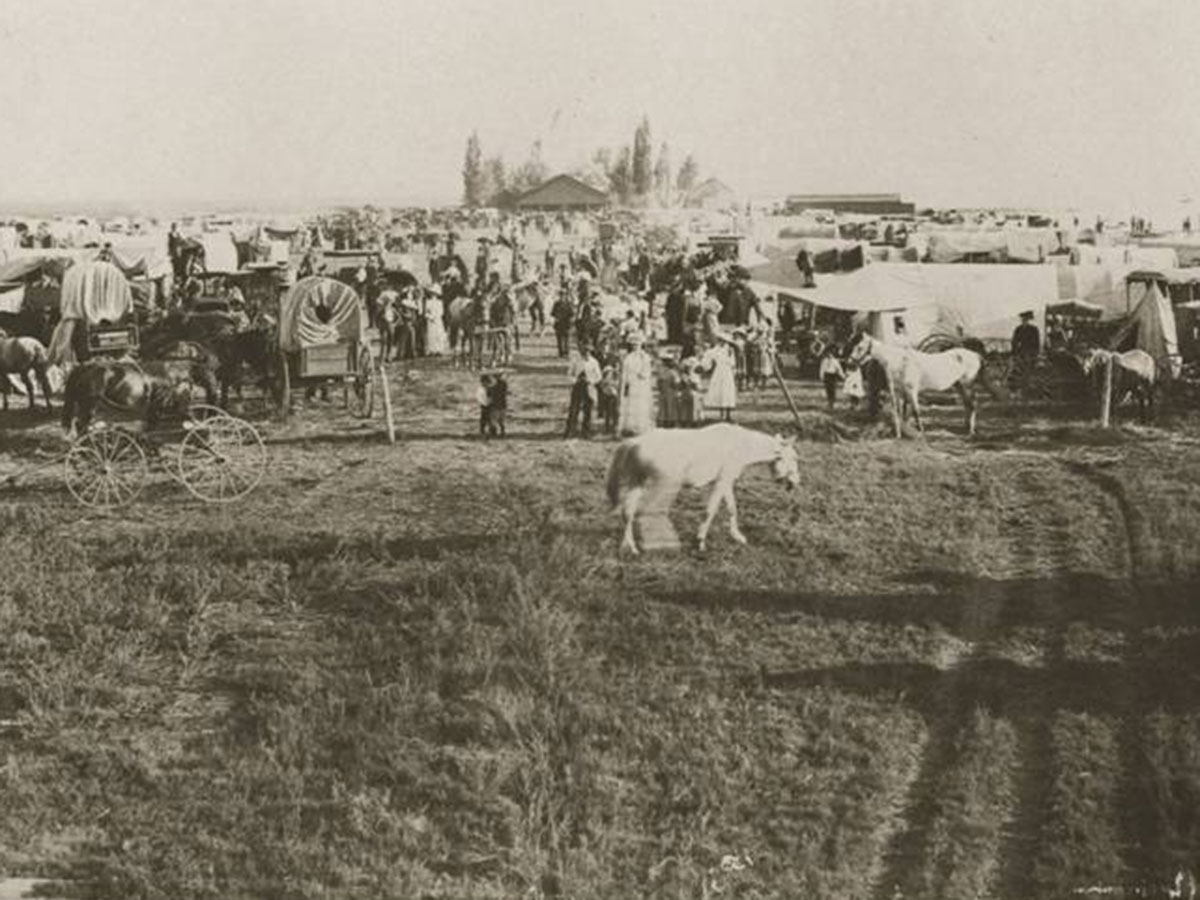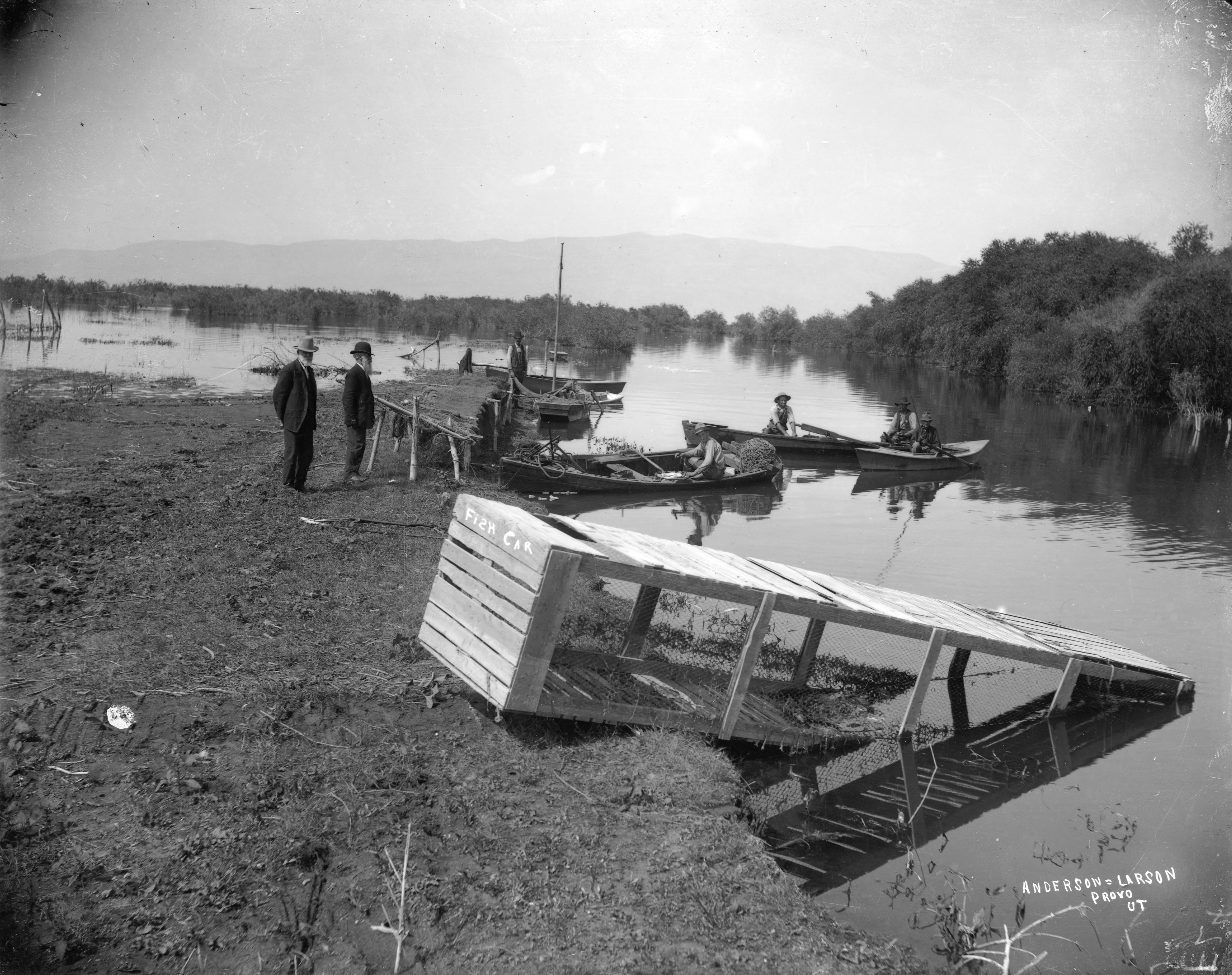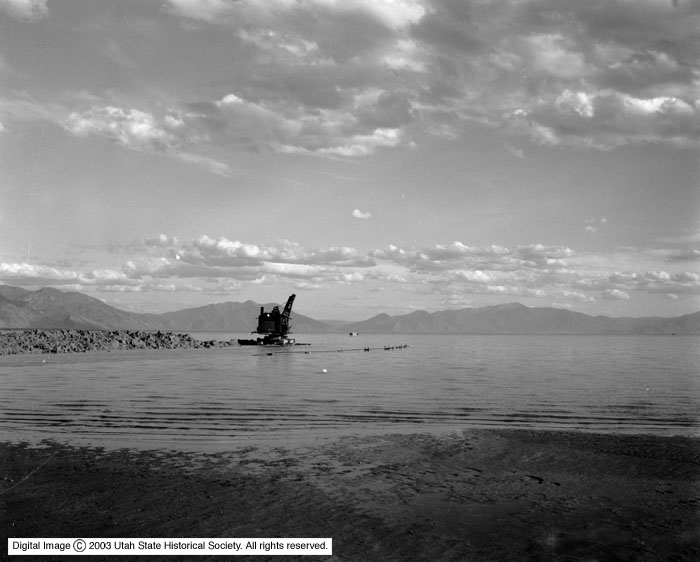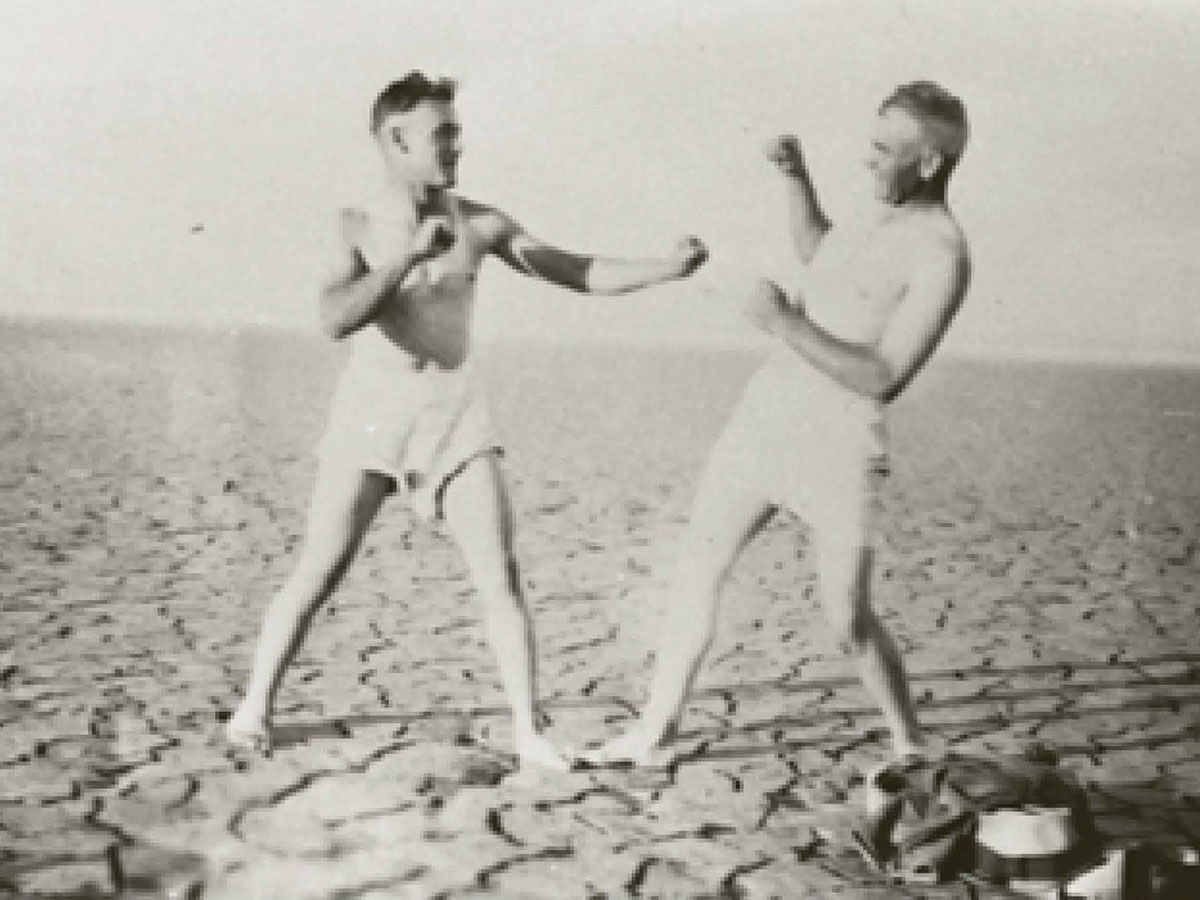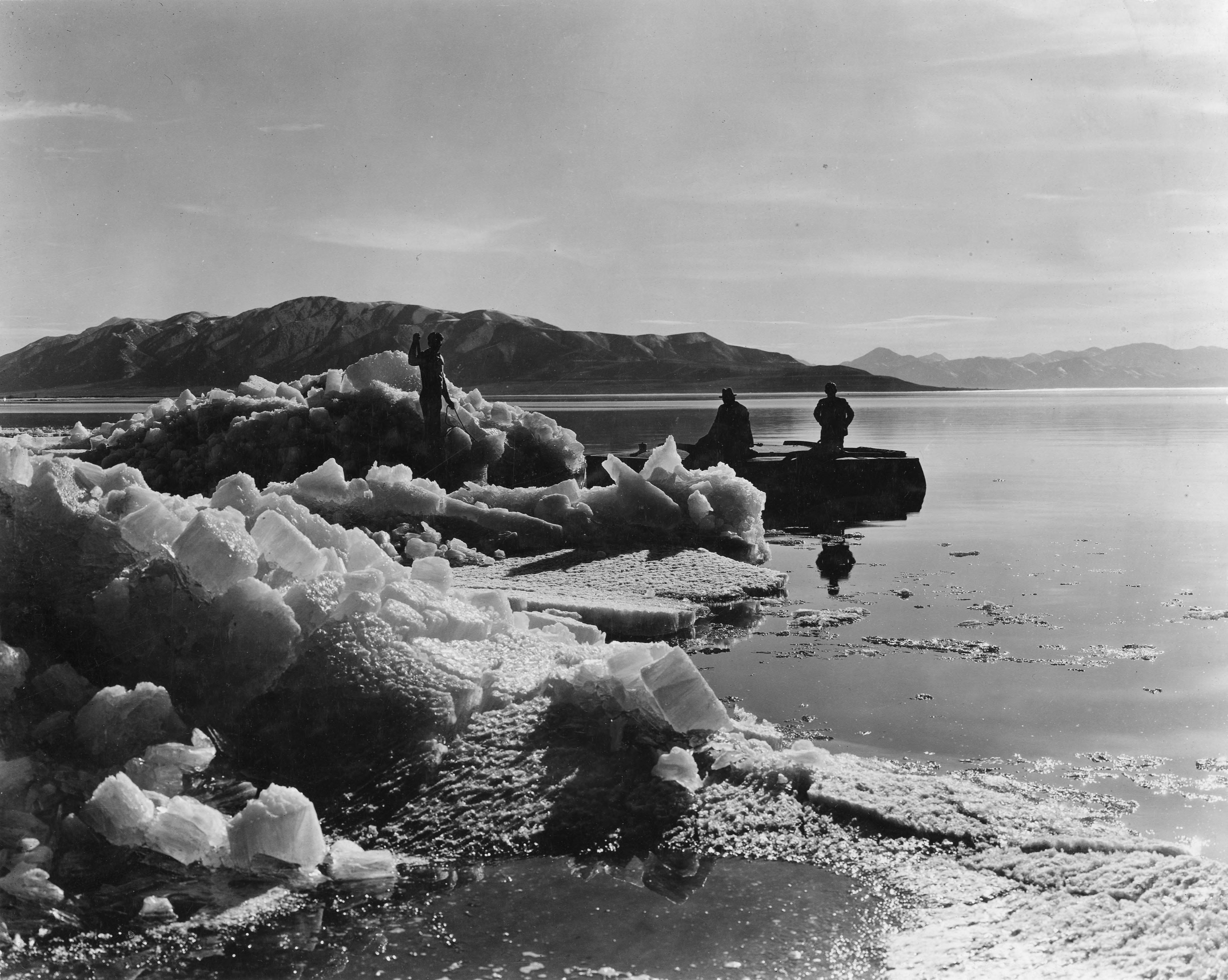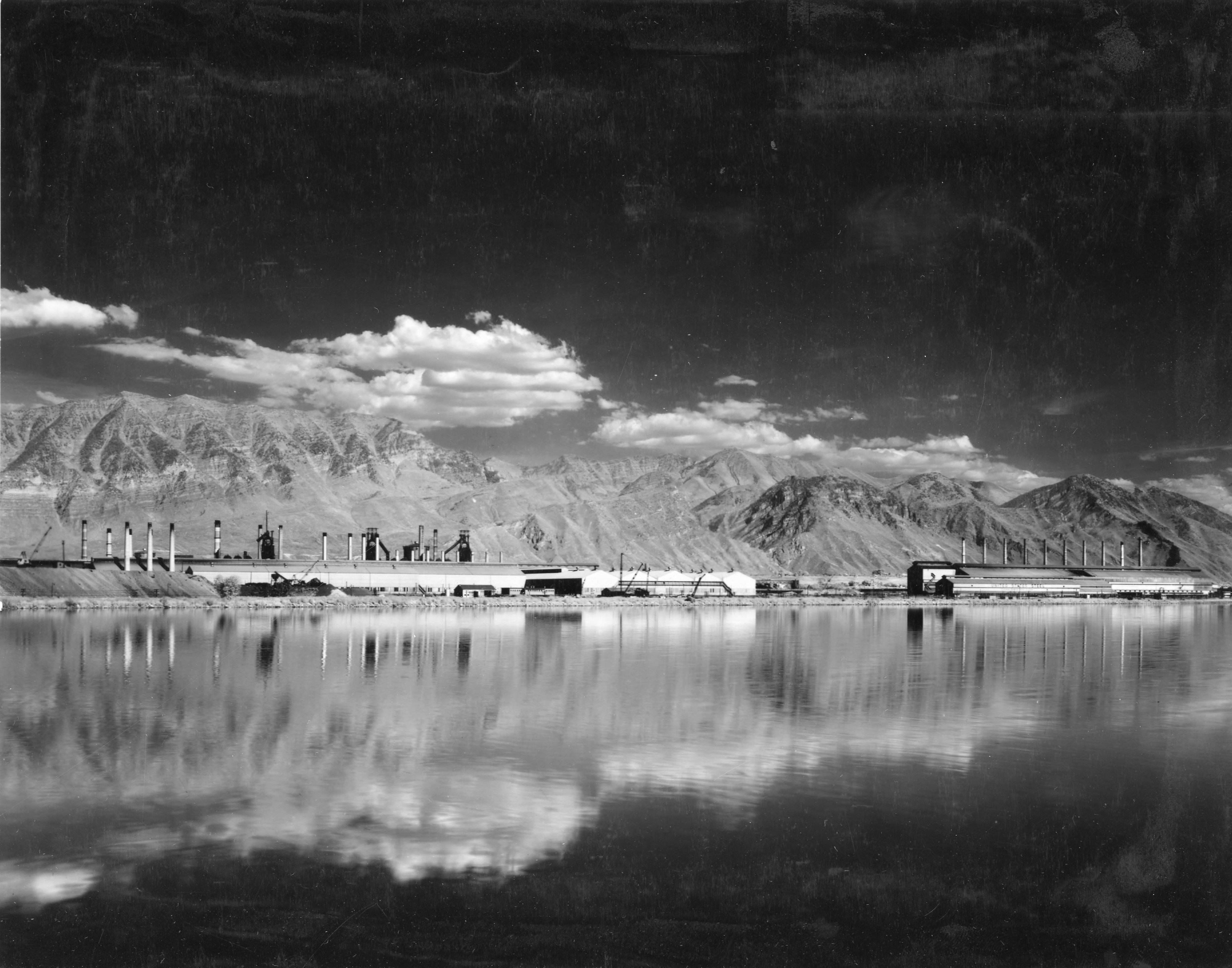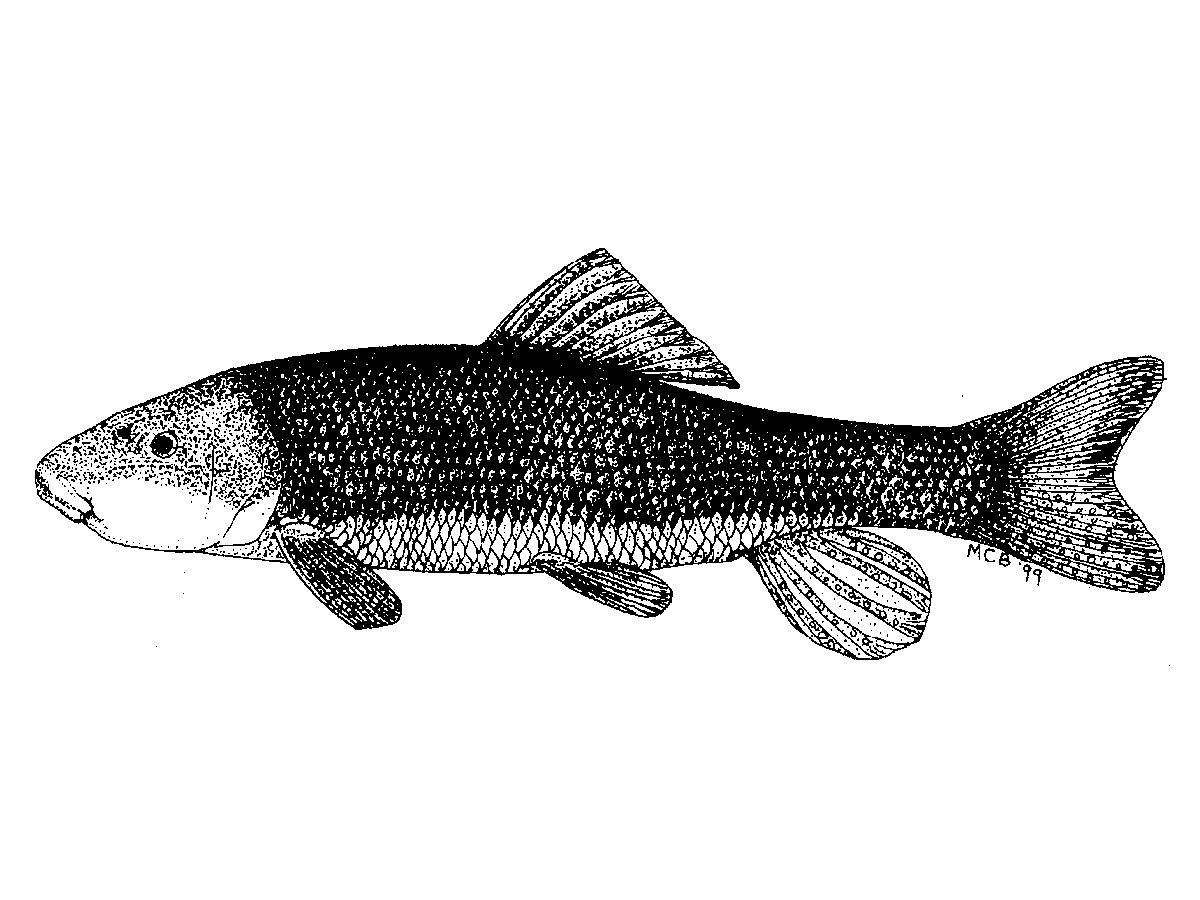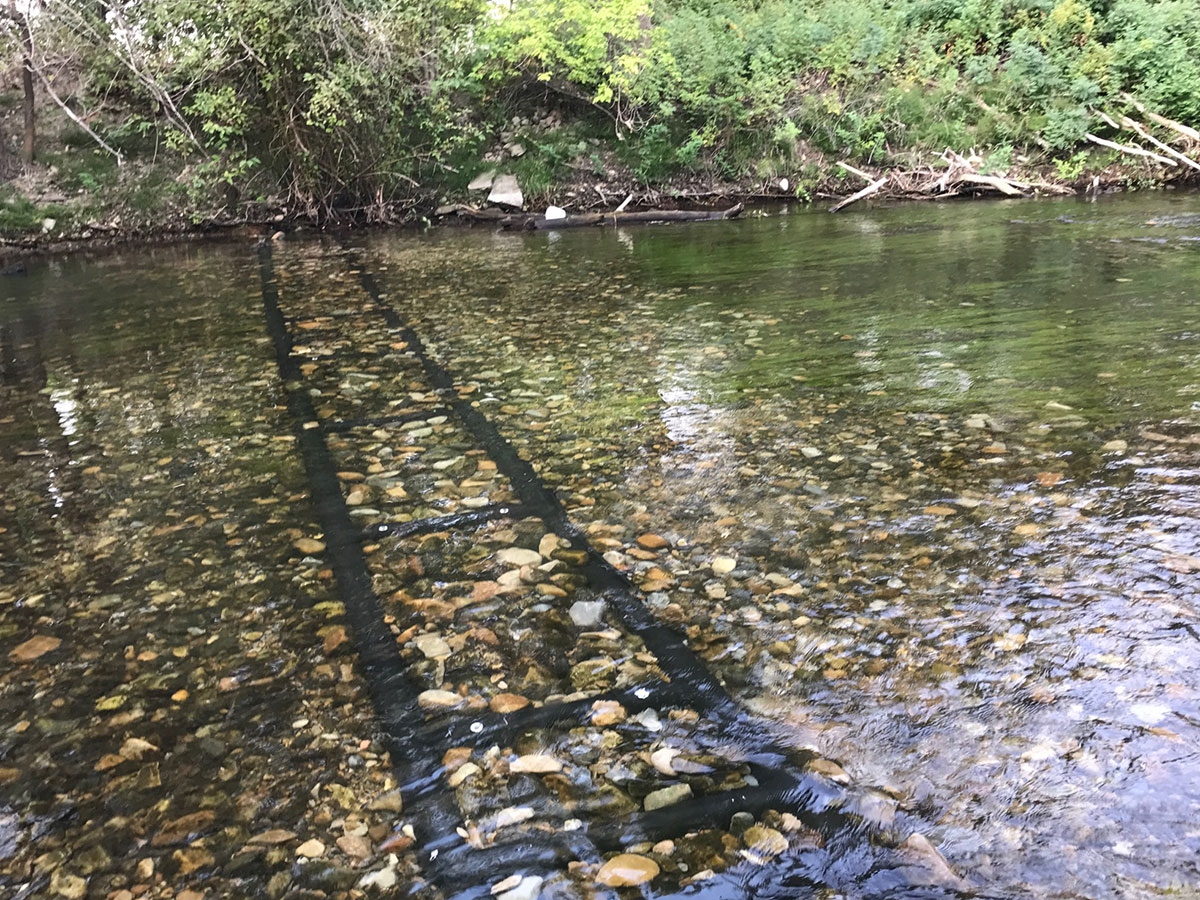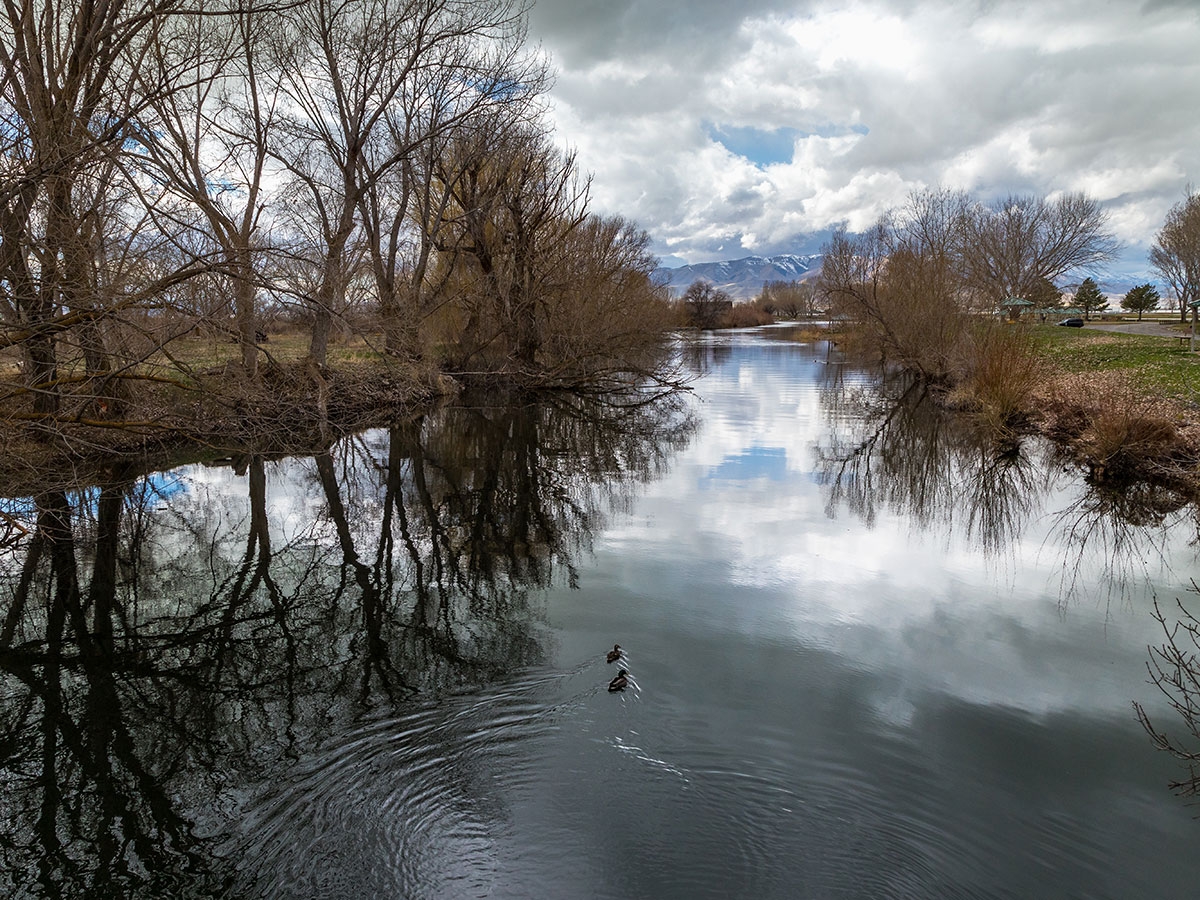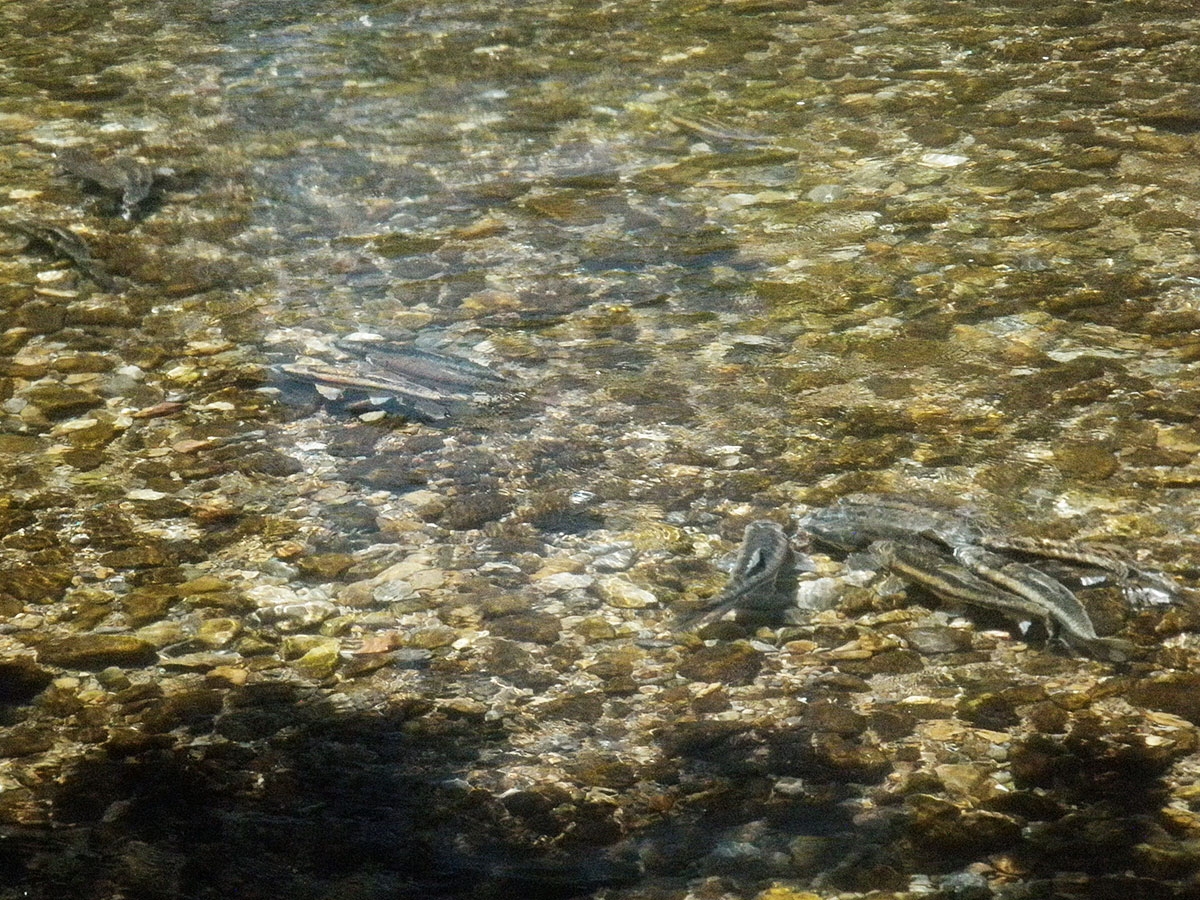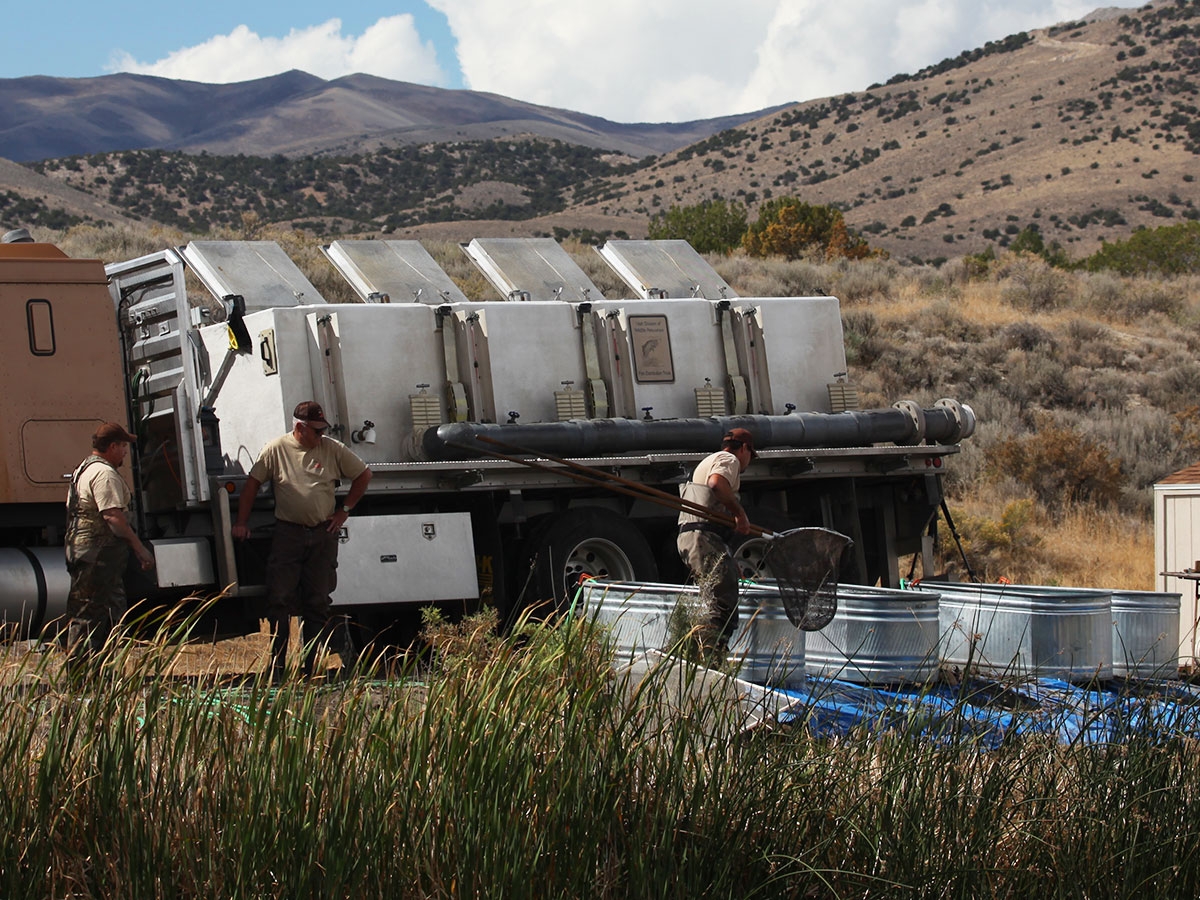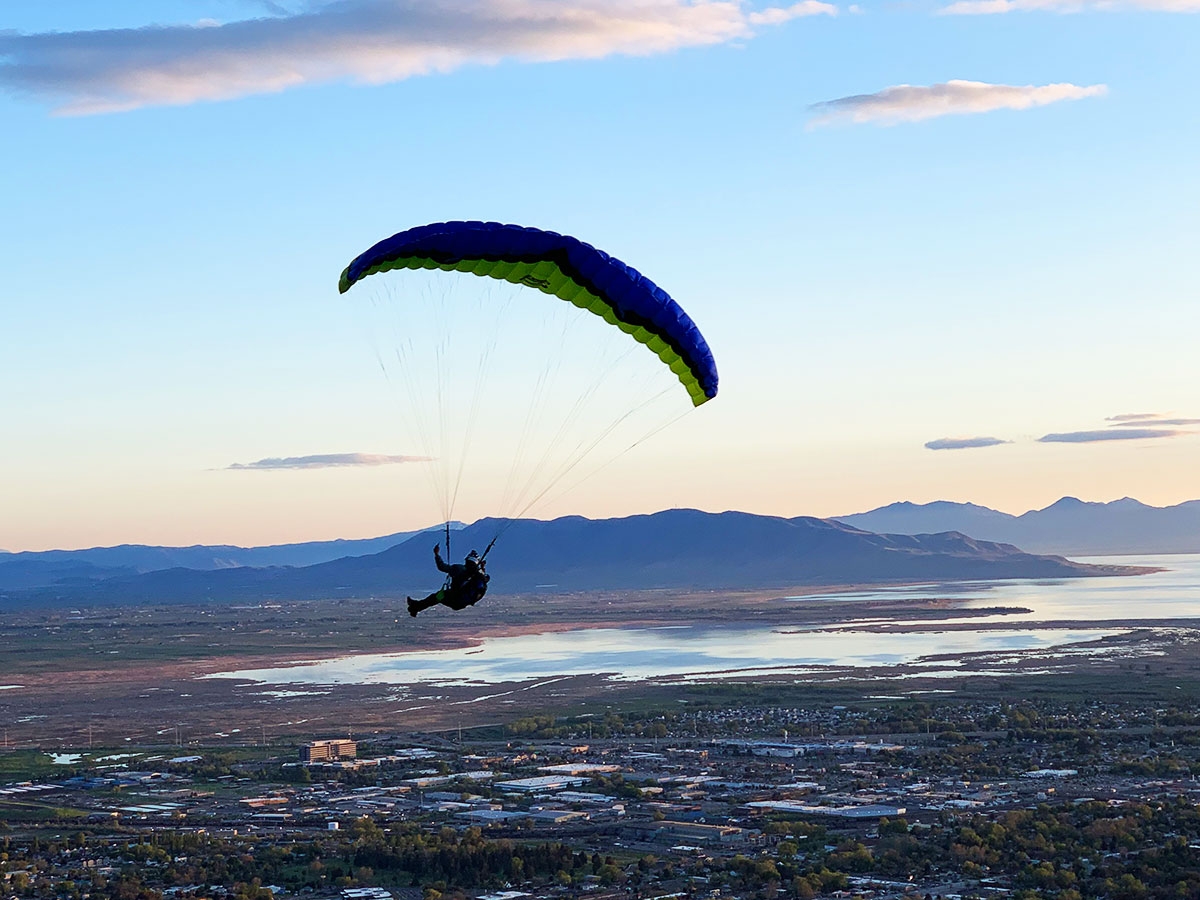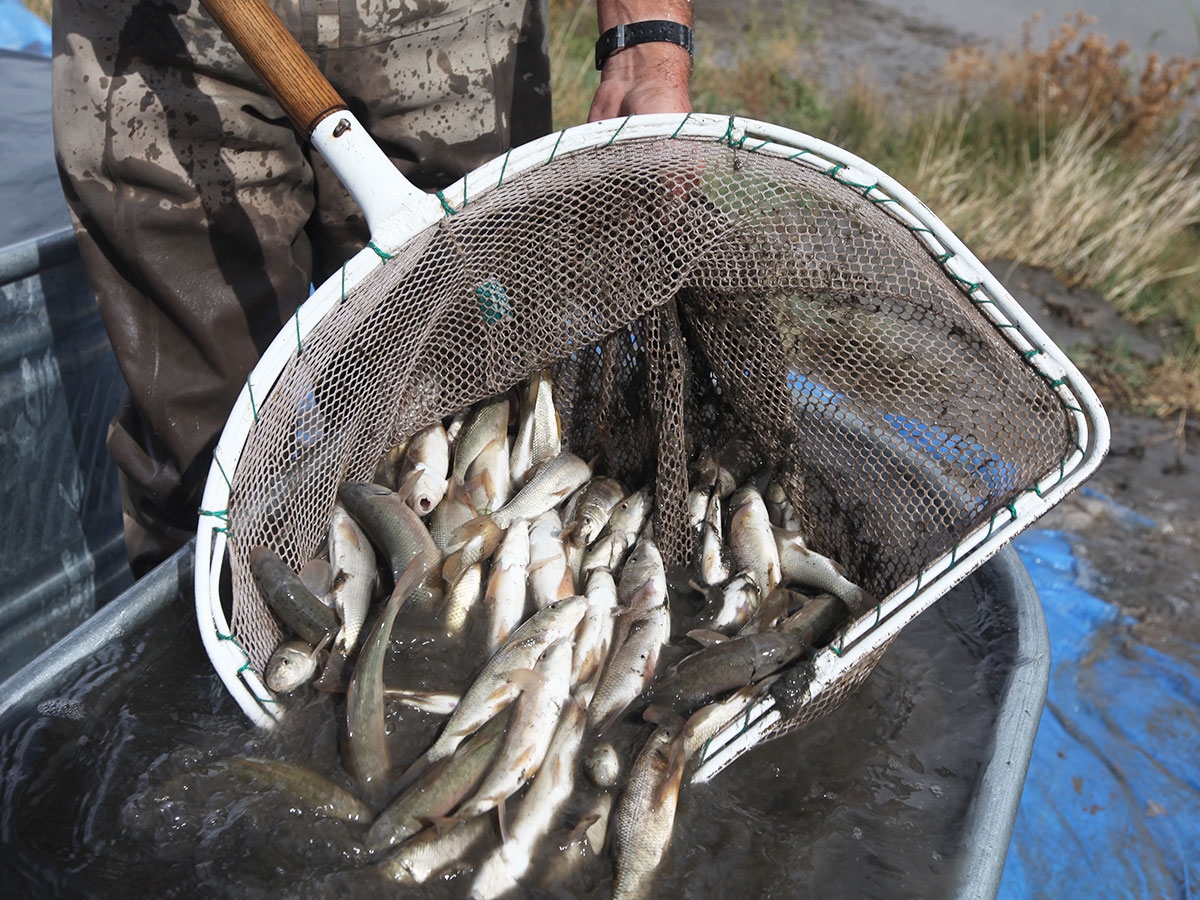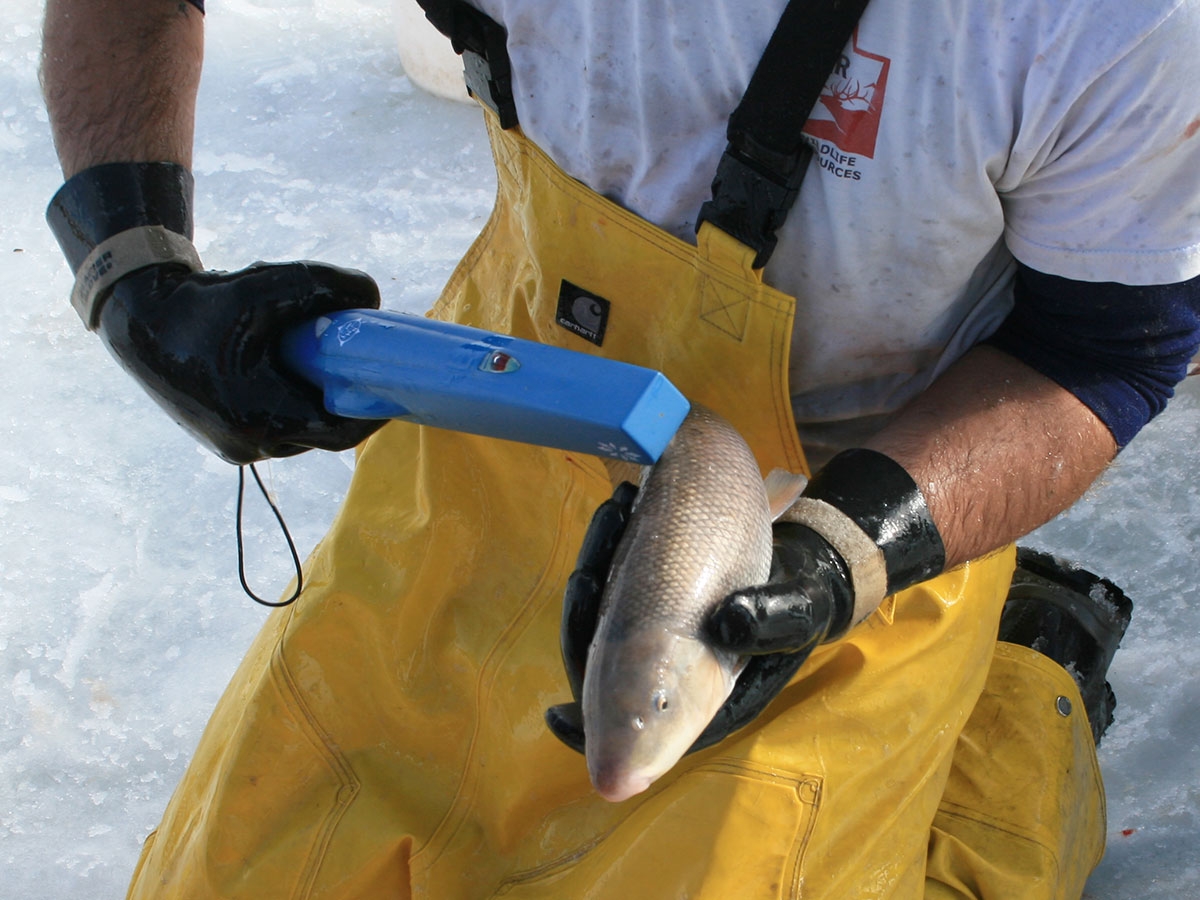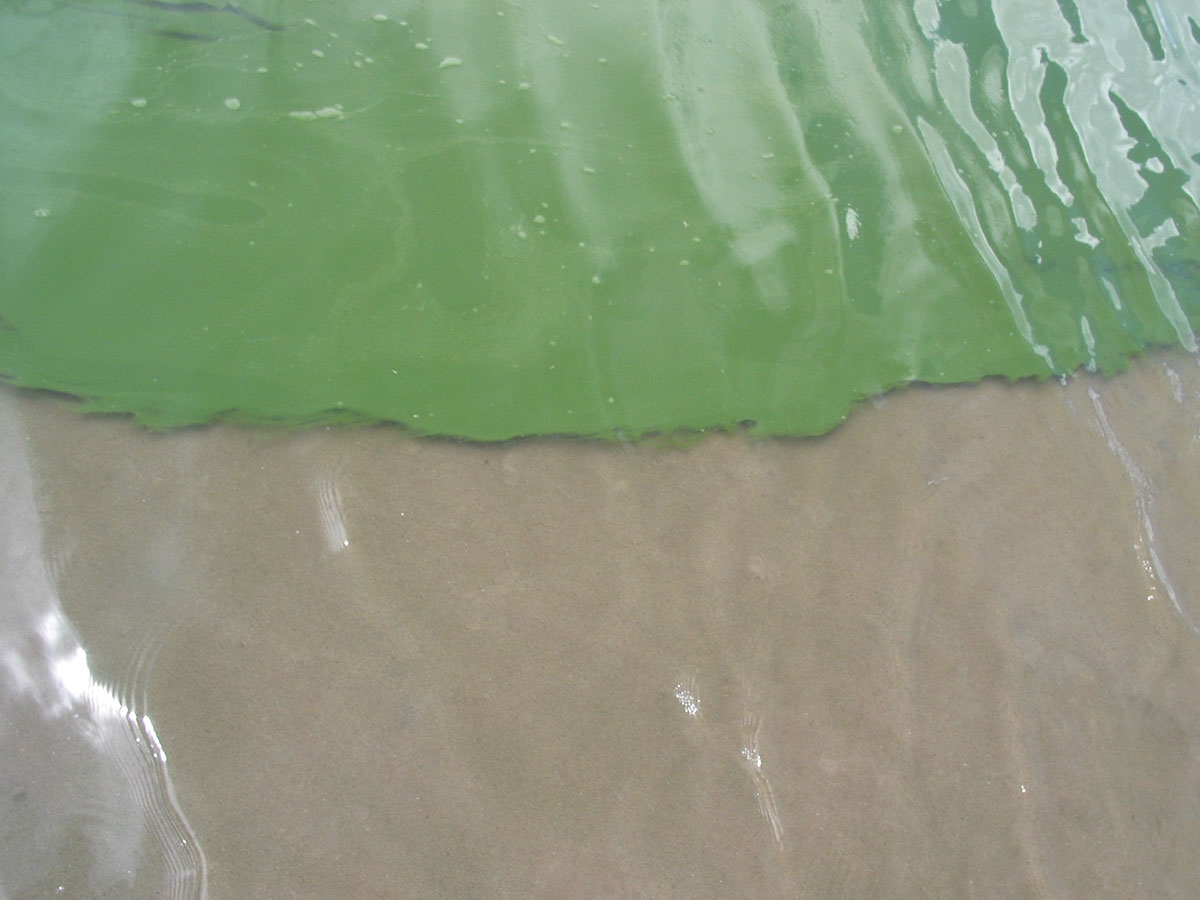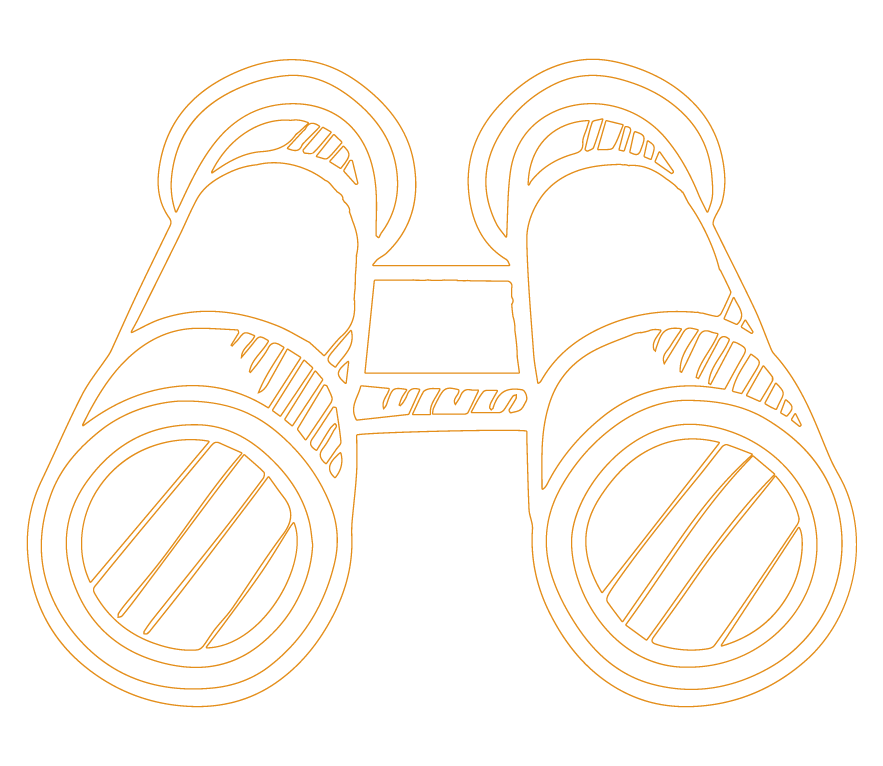
A Cooperative and Collaborative Effort
The June Sucker Recovery Implementation Program, a multi-agency effort, represents a successful working model, engaging local stakeholders — residents, business owners, policy makers, civic leaders, and scientists — in a multi-faceted effort to balance water resource needs for humans with species-recovery efforts in Utah Lake.
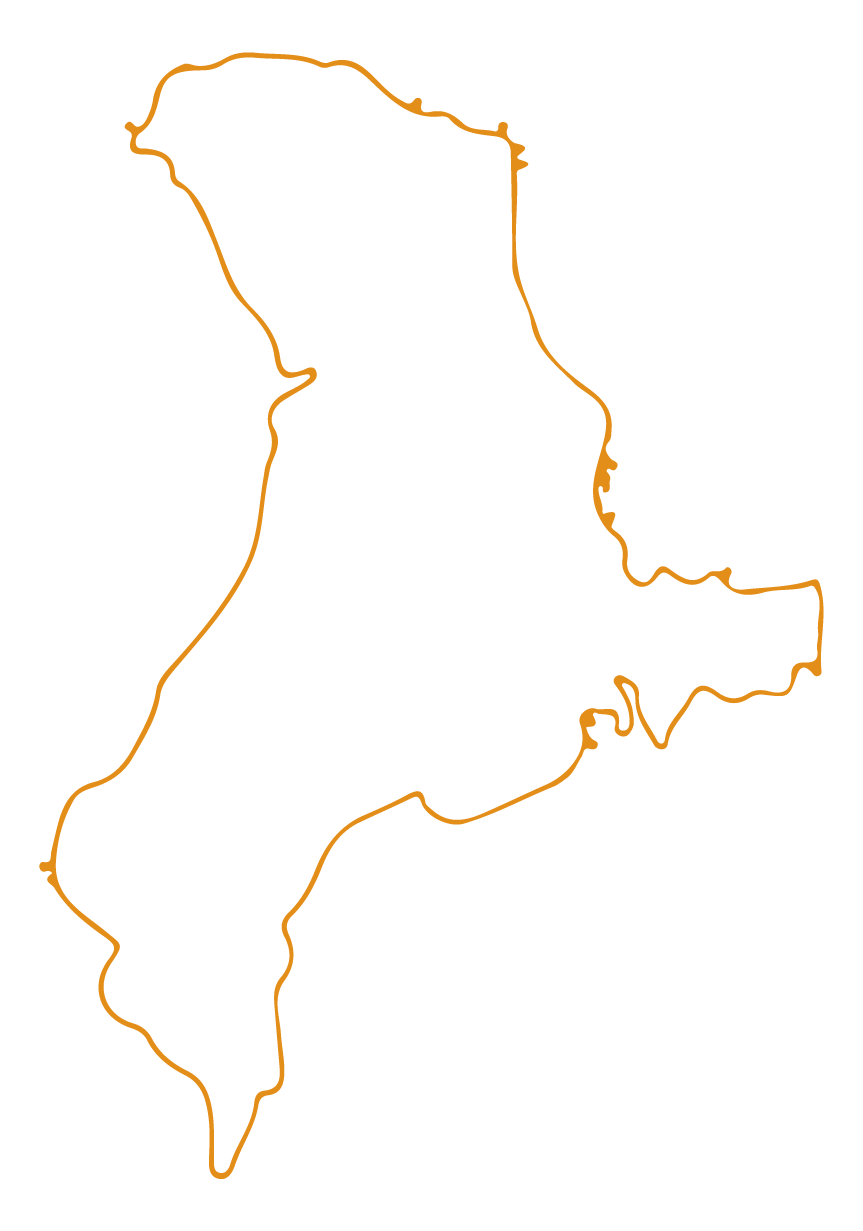
Saving the June Sucker
Saving the June sucker is about developing and maintaining the health of Utah Lake for all those who use it. In an ever-increasingly crowded valley, Utah Lake has emerged as a prized asset for local residents who enjoy many recreational activities on the lake, including fishing, birding, boating, beautiful trail systems, and nature viewing activities. The JSRIP’s efforts include the three following major initiatives.
Managing Non-Native Fish
The June sucker is one of Utah Lake’s original 13 native fish, but only three remain — the June sucker, the Utah sucker, and Utah chub. Non-native fish, including carp, white bass, and walleye, have successfully established self-sustaining populations, crowding out native fish populations and negatively impacting the overall ecosystem of the lake. When these fish were introduced by people as a potential food source, the extent to which they could shift the balance of the lake ecosystem was not well understood.

Augmenting the Population & Monitoring
After the June sucker was listed as endangered, artificial spawning and stocking efforts were the logical steps to augmenting the wild population in Utah Lake. The next step was to monitor and measure the impact through research projects. These projects also enabled the JSRIP to learn more about June sucker biology, as well as the environmental conditions needed to help June sucker achieve a self-sustaining population.
Developing & Maintaining an Ideal Habitat
Along with non-native fish, human impact on Utah Lake has significantly altered the conditions under which June sucker can thrive. Diverting water from tributaries for irrigation by altering channels and eliminating floodplains was commonplace to support the human population in Utah Valley, but the impact was devastating to June sucker. Restoration projects and supplementing stream flows aim to ensure that June sucker spawn naturally in tributaries.

Latest Updates
Podcast: Helping Endangered Species
In this episode, DWR Assistant Habitat Chief Paul Thompson and June Sucker Recovery Implementation Program Assistant Program Director Russ Franklin with the Central Utah Water Conservancy District tal...
June Sucker featured on Fish of the Week podcast
Head to the former "greatest sucker pond in the universe" where old timey ichthyologist David Starr Jordan once got his boat stuck on a shoal of suckers. Russ Franklin with the June Sucker Recovery Im...
A June Sucker History
The June sucker story is one about a lake, generations of people, and an
evolving understanding of how we can preserve natural resources.
Report a Sighting
As you enjoy Utah Lake’s unique beauty, size, and amenities, we enlist you to let us know when you spot a June sucker! We use this information as further evidence that recovery efforts are having an impact in creating a more enjoyable and sustainable Utah Lake.

